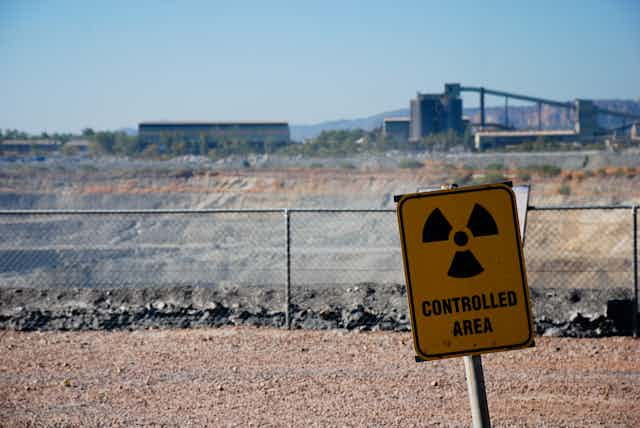In delivering its interim findings after almost a year of research, consultation and testimony, the South Australian Nuclear Fuel Cycle Royal Commission has extolled the potential benefits of a facility for the storage and disposal of international used nuclear fuel. The commission, led by Kevin Scarce, says it has uncovered potential benefits that far exceed the expectations of previous investigations.
They point to a future wealth fund growing at around A$6 billion per year and a present value of more A$50 billion – potentially a significant economic boost to South Australia through ramping up its engagement with the nuclear fuel industry.
If conservatively invested, those revenues, totalling A$267 billion, could give rise to a state wealth fund estimated to reach A$467 billion after 70 years of operations. While other questions will remain, one has been decisively answered: in economic terms, the nuclear opportunity is there for the taking.
Taking the world’s waste
The Royal Commission has identified the potential to establish and operate a facility to accept 138,000 tonnes of heavy metal (MtHM) from spent fuel over a period of some 50 years. Such a facility would be a globally significant piece of infrastructure and a major step forward in the internationalisation of the nuclear fuel cycle.
With no directly comparable service in operation today, demand for service is high, although that means the prices to be paid for using it are also uncertain. The Royal Commission estimates a figure of A$1.75 million per MtHM as a conservative baseline price. For context, that figure is above the A$1.37 million per MtHM adopted in my own modelling as the mid-price. If the Royal Commission’s estimates are correct, the market for taking other nations’ spent nuclear fuel is more lucrative than previously anticipated.
The relatively rapid establishment of an above-ground interim storage facility would enable this process to begin relatively quickly. The Commission has estimated this could be funded by upfront contracts for receiving the first 15,500 MtHM based on the A$1.75 million per MtHM figure. That would be followed in future by underground disposal. However, with 11 years’ establishment and 17 years of above ground loading, there seems ample scope to revisit a range of pathways for the used fuel material before it is buried beneath the ground.
That may occur via the commercialisation of advanced nuclear technologies such as fuel recycling and fast reactors. At this stage, no advanced technology pathway has been advocated for South Australia, however a scientific research group tied to the facility has been recommended.
Research by me and my colleagues suggests these technologies are ready for commercialisation now and this would be an opportune investment of revenues for South Australia. We believe there is a great opportunity here, although the commission has taken a more conservative view.
Nuclear power a trickier prospect
There also appears to be no prospect of domestic nuclear power for Australia, in the short term at least. The commission has highlighted a range of size, cost and technical challenges, including the need for greatly strengthened climate policy. This is a fair and accurate reflection of Australia’s current generating requirements, resources and policy settings and a reasonable, though conservative, reading of the current state of technology.
But importantly, the findings repeatedly stress that the nuclear generation option may be either beneficial or demanded in future to achieve the necessary deep decarbonisation of our economy. Nuclear electricity should not be ruled out, and it therefore follows that some planning options should be investigated. Should any of a range of conditions change and Australia decides nuclear power is a necessary inclusion, we would then be better positioned to do it.
The Commission has found likely benefits to expansion of uranium mining, although they are relatively small with royalties in the tens of millions of dollars per year. No case has been found for short-term engagement with value-adding processes of conversion, enrichment, and fabrication of nuclear fuel.
An exception to this is the concept of “fuel leasing”, which allows Australian uranium to be sold overseas with an accompanying agreement that the spent fuel will be sent back here for a fee. Having an international nuclear waste storage facility would obviously help this approach, in turn locking in more value from uranium mining.
Given the economic benefits identified by the commission in providing multinational services in used fuel storage and disposal, the domestic use of nuclear power should not be arbitrarily impeded. It may be vital in future, and expanded mining and fuel leasing might provide yet more economic benefits.
Politically, of course, the issue is in the hands of the South Australian public.

